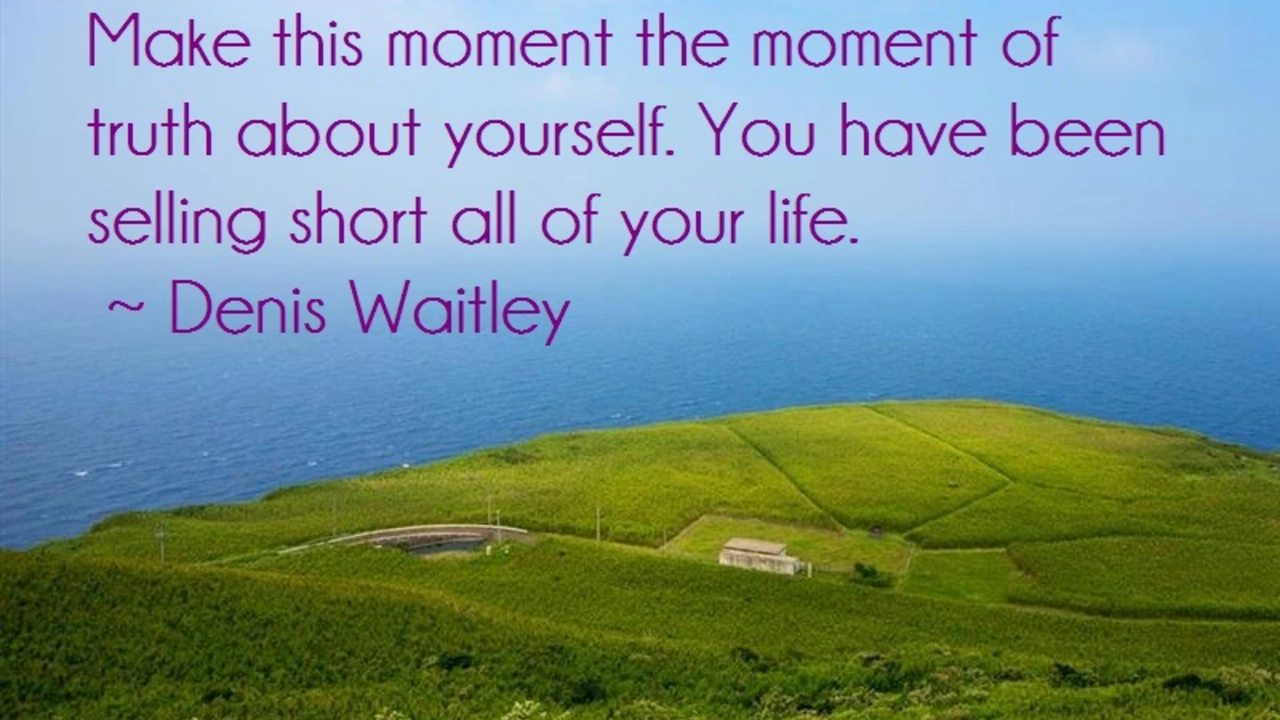Cultural Differences in Urban Life – Why They Matter
Ever wondered why the same coffee shop feels different in Delhi, Mumbai, or Bangalore? It’s not the bean; it’s the people. Cultural differences are the invisible threads that stitch together every street, market, and office in a city. Understanding them helps you avoid awkward moments, make new friends, and enjoy the city like a local.
Every Neighborhood Has Its Own Rhythm
Take a walk through a bustling market. In one lane you might hear people greeting each other with a quick "Namaste," while a few blocks away the chatter shifts to English slang and tight‑knit jokes about cricket. These small cues tell you a lot about the community’s background. When you notice them, you can match your tone and body language, making conversations feel natural instead of forced.
Even something as simple as food preferences can signal cultural patterns. Many South Indian neighborhoods favor idli and dosa for breakfast, whereas in a cosmopolitan area you’ll see avocado toast popping up alongside samosa stalls. If you’re new to the city, trying the local staple first shows respect and opens doors to deeper conversations.
Working Together Across Cultures
Office life in a big Indian city mixes people from different states, religions, and even countries. A teammate from West Bengal might prefer a quiet workspace, while a colleague from Rajasthan enjoys lively discussions. Knowing these preferences can prevent misunderstandings. For instance, asking a coworker if they’d like to join a team lunch before assigning a task shows you care about their schedule and culture.
When meetings run, you’ll notice varying attitudes toward hierarchy. Some cultures wait for the senior manager to speak first; others encourage everyone to jump in. If you’re leading a mixed group, set a clear agenda and invite input from everyone. It signals that you value each voice, regardless of background.
A practical tip: use simple language and avoid idioms that only one region understands. Saying "let’s hit the road" might be confusing to someone who isn’t used to that phrase. Instead, try "let’s go" or "let’s leave".
Social media also reflects cultural differences. In some parts of the city, people share memes about local festivals, while elsewhere they post about global trends. Following a few local pages gives you a pulse on what’s trending and helps you join online conversations without looking out of place.
Finally, remember that cultural differences aren’t static. Festivals, migration, and tourism constantly reshape city life. What felt normal a year ago might change today. Stay curious, ask polite questions, and be ready to adapt.
So next time you step onto a busy street or sit in a coffee shop, pay attention to the subtle clues around you. They’re the city’s way of saying, "Welcome, we’re different, but we’re all here together." Embrace them, and you’ll find city living becomes richer, more fun, and a lot less confusing.
What don't they tell you about dating Indian women?
Alright folks, here's the scoop nobody gave you about dating Indian women. They have a mysterious charm that's as spicy as their famous curry, but they'll keep you guessing - just like trying to crack the code of a Bollywood dance routine. Prepare to be smitten by their dazzling fashion sense, but don't let those vibrant saris fool you. They're not just about the glitz and glam, these ladies have a depth that would give the Mariana Trench a run for its money. Bottom line, brace yourselves for a whirlwind romance that's as colorful and exhilarating as a ride in a Mumbai auto-rickshaw.
What is it like living in the USA vs India?
Living in the USA versus India offers distinctly different experiences. American life is often characterized by a faster pace, more personal space, and a heavy emphasis on individualism. In contrast, life in India revolves around close-knit communities and deeply-rooted traditions. The USA offers a wealth of conveniences and amenities, while India enchants with its rich history and vibrant culture. Both countries, however, provide unique opportunities and challenges, and the preference for one over the other is largely a matter of personal perspective.

